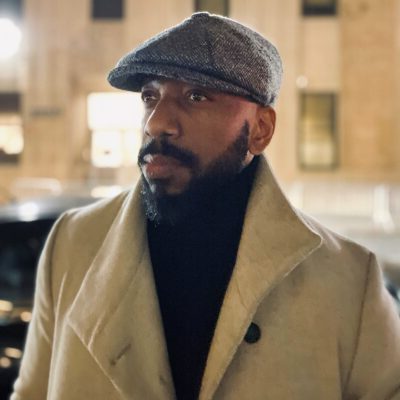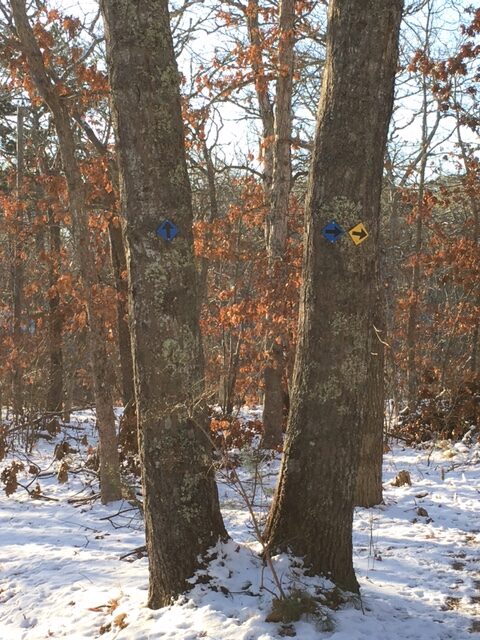In this month’s article on data science, Steve Grimes provides important insight, showing us how he reminds himself and us about how important thoughtfulness and care are in the final step of any data science project – the way we present the results to end users who (we hope) eagerly await the ability to see what the data tells us. Will it alter our current trajectory? Will it provide us with actionable insight? Will we easily be able to see answers that we didn’t have before? The way that data are presented by data science professionals most importantly can help explain why things are the way they are, and help point us in the direction of “okay, so what do we want to do about it?” ~Helen
While I’ve been a data professional for a decent amount of time, every now and then I sometimes struggle with crafting a story about the results of my analyses. This usually happens on larger projects with complicated workflows causing the data points to feel like they are a world unto their own – a world in which I have very little ability in shaping the story about that data. To put it another way, I sometimes get lost in the sauce in those work-streams and simply forget my role in making the data meaningful.
To counteract this, I usually turn to a good book on analytics for inspiration and guidance when I’ve lost my way within the analytic process. One that I return to from time to time is Visual Data Storytelling with Tableau by Lindy Ryan. While it is a few years old (published in 2018) and limited in unpacking the full scope of Tableau as it stands today, I’ve found that it provides some excellent advice on the conceptual mechanics of the story-making process within data analytics. I think the following excerpt is a good example:
Data visualization and data storytelling are not the same thing; however, they are two sides of the same coin. A true data story utilizes data visualizations as a literary endeavor would use illustrations—proof points to support the narrative. However, there’s a little bit of a role reversal here: whereas data visualizations provide the “what” in the story, the narrative itself answers the “why.” As such, the two work together in tandem to translate raw data into something meaningful for its audience. So, to be a proper data storyteller you need to know how to do both: curate effective data visualizations and frame a storyboard around them. This starts with learning how to visualize data, and more importantly, how to do so in the best way for communication rather than purely analytical purposes.”
Clearly, there are few takeaways from this passage, but what resonates the most with me is that narrative decisions are not just made in data visualization workflows but within the entire analytic process.
For example, there is a story to be told in the collection of your data; a story in how the data has been structured; the analytic techniques; and the way the results are presented. Each choice made within the analytic process comes with its own narrative and will be inextricably tied to how the data are presented. To lose sight of that is to forget that analytics is ultimately a process of making meaning, and if narratives are the currency of meaning, as human beings, we are the sole brokers to that exchange.
So excerpts like these serve as a good reminder to me that, if I am struggling to create a story about my results, I have not done the work of acknowledging the narratives that would have come along in every stage of the analytic process and the meaning I am creating within each step. I imagine that I will lose sight of this again, but hopefully sharing this with you will serve as a good reminder for me and something for you to consider and reflect on.
To that end, I’m reminded of another quote on our relationship with narrative and storytelling from theorist Roland Barthes:
The narratives of the world are numberless. Narrative is first and foremost a prodigious variety of genres, themselves distributed amongst different substances – as though any material were fit to receive man’s stories. Able to be carried by articulated language, spoken or written, fixed or moving images, gestures, and the ordered mixture of all these substances; narrative is present in myth, legend, fable, tale, novella, epic, history, tragedy, drama, comedy, mime, paintings…., stained glass windows, cinema, comics, news item, conversation.
Moreover, under this almost infinite diversity of forms, narrative is present in every age, in every place, in every society; it begins with the very history of mankind and there nowhere is nor has been a people without narrative. All classes, all human groups, have their narratives, enjoyment of which is very often shared by men with different, even opposing, cultural backgrounds. Caring nothing for the division between good and bad literature, narrative is international, transhistorical, transcultural: it is simply there, like life itself.”





